High-tech FDI enterprises have been playing an important role in the formation of Vietnam’s innovation ecosystem. They not only bring capital and advanced technology, but also create an environment for learning, knowledge transfer, and spreading modern management capacity to domestic enterprises. Through cooperation in production, human resource development and training, this group of enterprises contributes to the formation of high-quality human resources and strengthens the domestic supply chain.
In fact, many countries in the region such as South Korea, Singapore, Thailand or India all started by attracting investment from multinational technology corporations. From there, they gradually formed research capacity, learned processes and mastered core technology. Vietnam is also following this trajectory, with the increasing presence of research and development (R&D) centers in the fields of electronics, software and semiconductors.
With the plan to attract 40-50 billion USD of FDI per year by 2030, our country's preferential FDI attraction policy in the coming period needs to target projects with high technology content, contributing to in-depth economic transformation and sustainable development.
It is important to note that both theory and practice show that the two factors that determine high-tech capital flows are the stability and predictability of policies. Strategic technology projects are often billions of dollars in scale, with investment cycles lasting 10-15 years and high risks. Consistency and long-term commitment from the State are therefore prerequisites. From that requirement, a number of provisions in the draft Law on High Technology (amended) need to continue to be reviewed and adjusted to ensure the stability and attractiveness of policies.
For example, the proposal to abolish the mechanism for granting certificates of high-tech enterprises and replace it with a form of self-assessment is a step forward in procedural reform, but it also causes investors to worry. If the criteria are unclear or the interpretation between different agencies is different, the preferential benefits that enterprises have calculated may no longer be guaranteed.
Changing the wording from high-tech enterprises “enjoying the highest incentives” to “enjoying incentives and support according to the law” also reduces the commitment of the policy and makes it difficult for investors to predict long-term costs.
Or, the transitional clause stipulates that the enterprise is only entitled to incentives until the end of the current investment certificate, but does not clearly state the policy after that time. Therefore, enterprises wonder whether the committed incentives will continue? What they want most is for the transitional clause to be clearly defined to avoid problems in implementation, ensure the stability of the policy and the principle of non-retroactivity of the law.
In addition, with the regulation that “domestic investors holding over 30% of capital” are only classified as level 1 high-tech enterprises, most FDI enterprises investing in the high-tech sector in Vietnam will no longer enjoy the highest incentives as they do now. The reason is that they all implement 100% foreign-owned projects. Thus, Vietnam may be less attractive than other countries in the region in the race to attract high-tech and strategic technology projects.
It is no coincidence that in the review report, the Committee on Science , Technology and Environment emphasized that, along with the institutionalization of the "four pillars" (including Resolution 57, Resolution 59, Resolution 66 and Resolution 68), this amendment to the Law on High Technology also aims to promote the development of the high-tech industry; at the same time, it must ensure the consistency and unity of the current legal system.
For investors, especially in the high-tech, strategic technology sector, financial incentives are only part of the equation. More important for them is policy stability, transparency and predictability. When the investment environment is reliable, Vietnam will not only attract capital and technology, but also establish itself as a new regional innovation hub.
Source: https://daibieunhandan.vn/on-dinh-chinh-sach-nam-cham-thu-hut-fdi-cong-nghe-cao-10394567.html











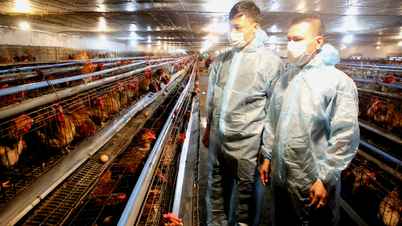





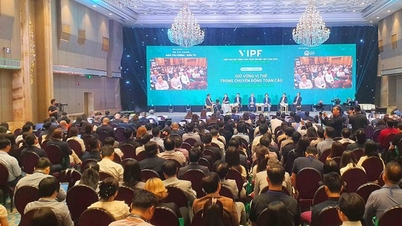

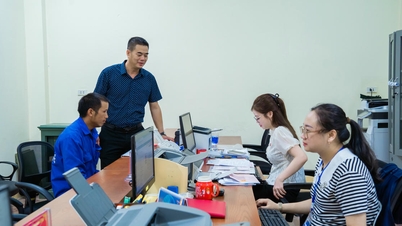

![[Infographic] Member of the Party Central Committee, Chairman of the Central Inspection Commission Tran Sy Thanh](https://vphoto.vietnam.vn/thumb/402x226/vietnam/resource/IMAGE/2025/11/06/1762388416521_uy-vien-trung-uong-dang-chu-nhiem-uy-ban-kiem-tra-trung-uong-tran-sy-thanh-30629722731558625649627-84806723192662976683732.jpeg)


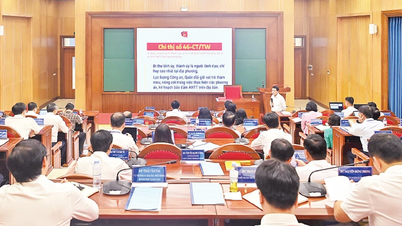
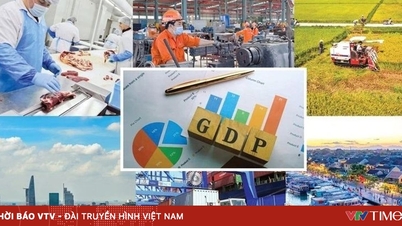







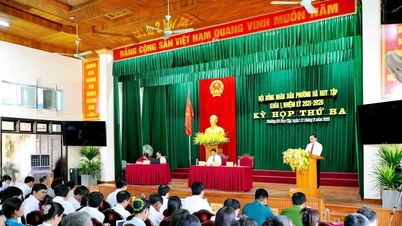

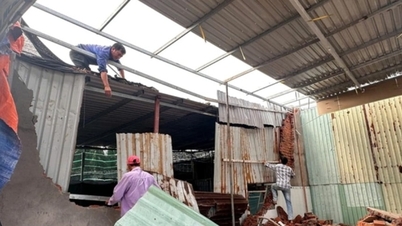

![[Photo] Opening of the 14th Conference of the 13th Party Central Committee](https://vphoto.vietnam.vn/thumb/1200x675/vietnam/resource/IMAGE/2025/11/05/1762310995216_a5-bnd-5742-5255-jpg.webp)
























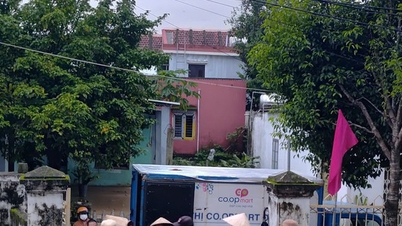




























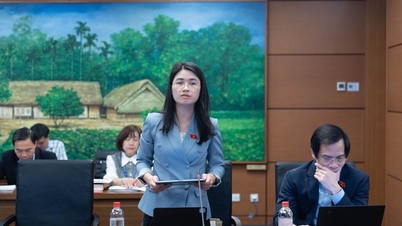



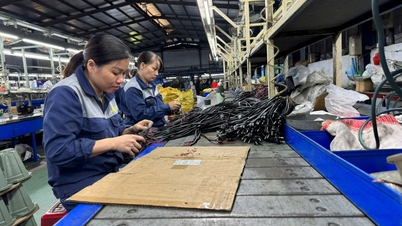

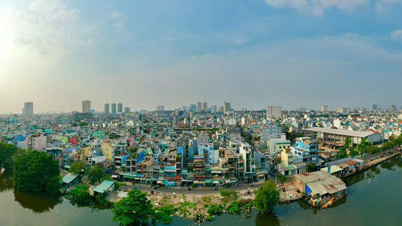
















Comment (0)